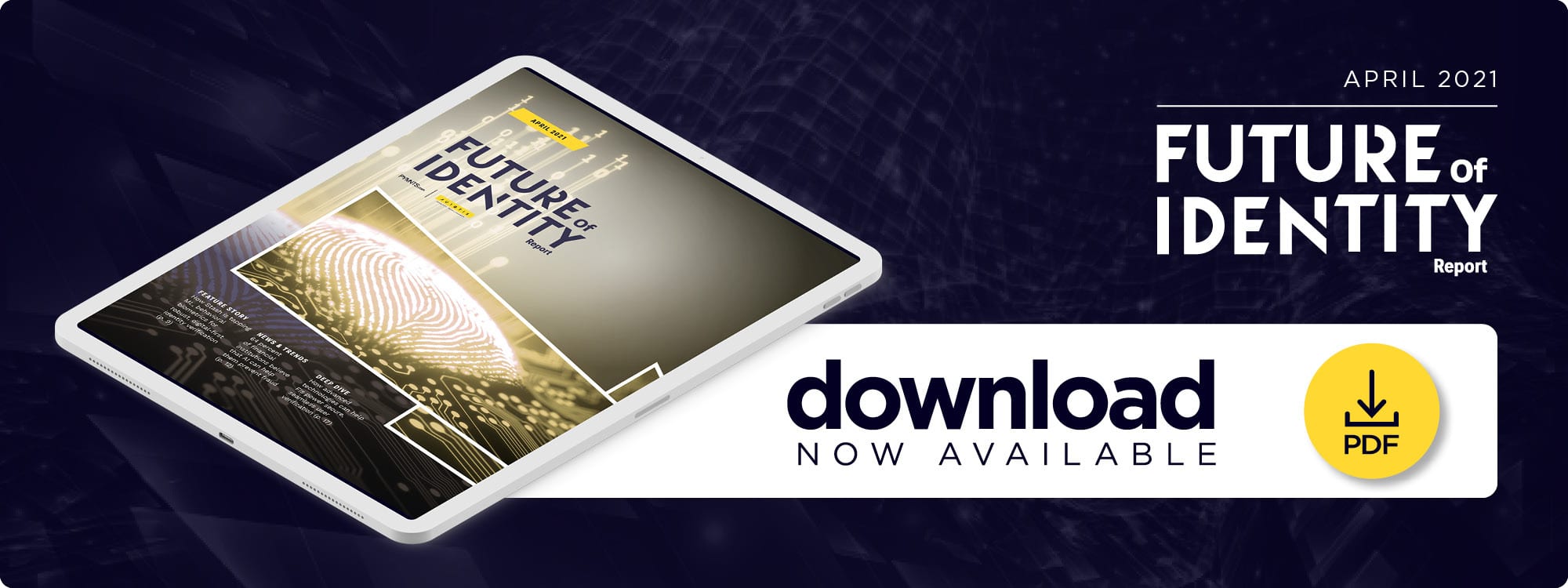Stash Banks On Biometrics, Machine Learning To Support Digital-First ID Verification

Keeping fraudsters off of online banking platforms is not a new challenge for financial institutions (FIs), but it is one that has been notably exacerbated by the ongoing pandemic.
One study found banks worldwide saw a 238 percent jump in cyberattacks between February and April 2020, as enterprising bad actors attempted to hide behind the growing number of legitimate consumers tapping digital banking solutions to conduct typical financial tasks.
Another report showed identity fraud losses grew to $56 billion last year as fraudsters made use of previously stolen personal information to craft synthetic identities to fool existing identification solutions.
FIs must therefore find new strategies and tools that can enhance the identity verification measures — but they must do so in a way that does not add frictions for new and returning customers during the onboarding or login processes. Implementing automated technologies such as artificial intelligence (AI) and machine learning (ML) on the backend that can instantly distinguish between legitimate users and bad actors is one way banks may be able to cap this rising tide of fraud.
In the April Future Of Identity Report, PYMNTS analyzes how the pandemic has affected fr aud trends within the financial sector, as well as how banks may be able to integrate AI, ML and other emerging technologies to help oust cybercriminals. It also examines how this could change the way FIs approach identity verification measures in the future using these technologies.
aud trends within the financial sector, as well as how banks may be able to integrate AI, ML and other emerging technologies to help oust cybercriminals. It also examines how this could change the way FIs approach identity verification measures in the future using these technologies.
Around The Identity Verification Space
Financial players must examine how AI and other solutions could aid in their fraud protection measures, especially as fraudsters themselves continue to tap the technology for malicious means. Automated bot attacks shot upward by 100 million between July and December, targeting companies in a variety of different industries. Financial service firms fared slightly better than those in other industries, except when fraudsters used these bots to target payment transactions specifically, the report found. It is imperative for FIs to integrate tools that can ward against this type of fraud instantly in order to keep these transactions secure.
Banks that lack the vigorous identity verification measures they need to keep up with changing fraud trends may unwittingly add more frustration into the login or onboarding process for legitimate customers, as well as failing to protect against bad actors. One study found 40 percent of FIs admitted they frequently mistake legitimate customers’ online actions for those of fraudsters, for example. Such false positives can add undue frictions into the user experience, lengthening the amount of time and the number of steps to access their accounts — while also leaving the doors open for fraud. Implementing technologies such as AI or ML that can easily parse through larger amounts of data and more quickly discern between real users and fraudulent ones is one way these FIs may be able to reduce their rate of false positives, as well as improve their fraud protection.
FI s are eyeing such technologies more closely for swift authentication and fraud prevention. One survey of corporate-level financial service executives found the majority of respondents believed AI would be critically important to their companies’ future success, for example. Many expressed particular interest in implementing AI for fraud detection as well as to help enhance their anti-money laundering (AML) measures, rather than using it to speed up call center operations or claims processing, notably. The use of AI and other automated technologies is therefore likely to thicken in the financial space over the next several years as these executives grow more comfortable with these tools and more convinced of their capabilities.
s are eyeing such technologies more closely for swift authentication and fraud prevention. One survey of corporate-level financial service executives found the majority of respondents believed AI would be critically important to their companies’ future success, for example. Many expressed particular interest in implementing AI for fraud detection as well as to help enhance their anti-money laundering (AML) measures, rather than using it to speed up call center operations or claims processing, notably. The use of AI and other automated technologies is therefore likely to thicken in the financial space over the next several years as these executives grow more comfortable with these tools and more convinced of their capabilities.
For more on these and other stories, visit the Report’s News & Trends.
How Stash Is Tapping ML, Behavioral Biometrics For Robust Identity Verification
Customers have tapped digital tools for daily banking tasks for several years at this point, but many of them are now turning to online platforms to manage more complex financial needs such as investments. Fraudsters are following consumers’ lead, however, meaning financial players must ensure they have robust digital authentication tools in place to keep them out, explained Caleb Callahan, vice president of fraud at personal finance app Stash in a PYMNTS interview.
To learn more about how Stash is employing automated technologies inside its onboarding and identity verification processes, visit the Report’s Feature Story.
Deep Dive: How FIs Can Tap Advanced Technologies to Power
S eamless Identity Verification
eamless Identity Verification
Consumers have expanded their use of online banking tools and services throughout the ongoing pandemic, offering FIs key opportunities to engage and retain new digital customers. Enticing these consumers means the digital onboarding experiences must be as swift and easy as possible, however — and notably it must implement security measures that can quickly distinguish between customers and enterprising fraudsters. FIs must therefore look to emerging technologies that can help to detect and oust bad actors without compromising the seamlessness of the onboarding experience for legitimate users.
To learn more about how banks can use AI, biometric solutions and other tools to bolster their identity verification measures, visit the Report’s Deep Dive.
About The Report
The Future Of Identity Report, a PYMNTS and AU10TIX collaboration, examines how businesses are using modern identity verification tools to provide tight security and smooth customer experiences.
